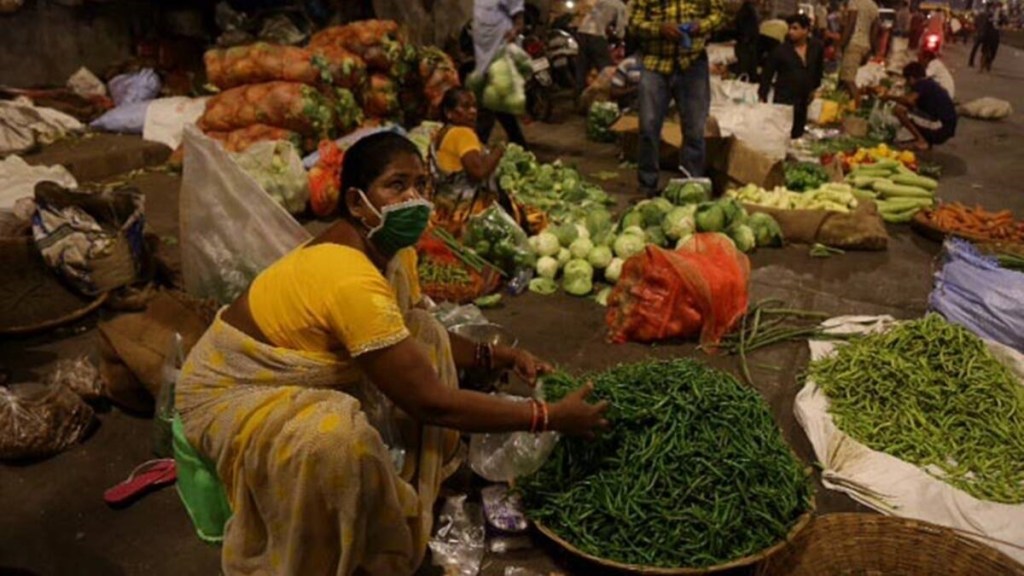The nasty retail inflation in January of 6.5% is the consequence of not merely a sharp increase in the prices of food, but also of goods. While prices of vegetables were softer, those of cereals, eggs and spices were up more than expected. Core inflation too spiked, but very marginally; much of this was due to the jump in prices of gold and silver.
In an interesting analysis Sonal Varma, chief economist, India and Asia (ex-Japan) at Nomura, points out that in January super-core inflation—CPI ex-food & beverage, fuel, petrol, diesel, gold, silver—trended up to 0.48% month-on-month, seasonally adjusted. This compares with 0.34% in December, and is a shade lower than the average of 0.52% in 2022. Looked at from a three-month seasonally-adjusted basis, the super-core inflation for January came in at 5.8%, which is lower than the 6.1% in December. This indicates the underlying momentum in core inflation is decelerating, but is taking its time to do so. Some of the data is puzzling. For instance, the momentum in core services inflation remains very subdued, despite the rebound in the economy which has been driven by services. On the other hand, the momentum in goods inflation remains high, even though exports have been slowing sharply, commodity prices are much softer now, and the demand for industrial goods has been muted.
Also read: Falling home inventory
The January data is, no doubt, uncomfortable, especially after softer numbers in November and December, and some would argue for another rate hike in early April. However, economists believe that beyond February, inflation could taper off meaningfully. For FY24, which is round the corner, headline inflation could rule at sub 5% levels or thereabouts with core inflation trending down to around 5%. Some of this would be due to the base effect, given that inflation averaged 7.8% in H1FY23.
The Reserve Bank of India (RBI) has already raised the repo by 250 basis points since May last year and the CRR by 50 bps in what has been a steep rise in the cost of money. This, at a time when the economy is growing at a very modest pace. The full impact of these rates hikes, the last of which took place just a week ago, is yet to be felt. Moreover, the GDP is now expected to grow at just around 5-5.5% in FY24, below RBI’s optimistic forecast of 6.5%, and it could be damaging for business if interest rates were to go up further. Unlike in previous rate-hike regimes, today, the transmission is much faster since more than half the loan books of banks are pegged to external benchmarks. This means loan rates go up as soon as policy rates are hiked.
Also read: Prisoners of their own device
Since much of the inflation shock appears to be behind us, especially with services activity likely to plateau soon, RBI should be cautious about any further tightening. In the absence of any major disruption, therefore, there is good reason for the central bank to pause even if it holds on its “withdrawal of accommodation” stance. It must take into account the fact that prices of food are moderating and while core inflation could remain sticky as firms pass on the higher cost of raw materials, most of the increase is probably behind us. Importantly, real rates have turned positive.

